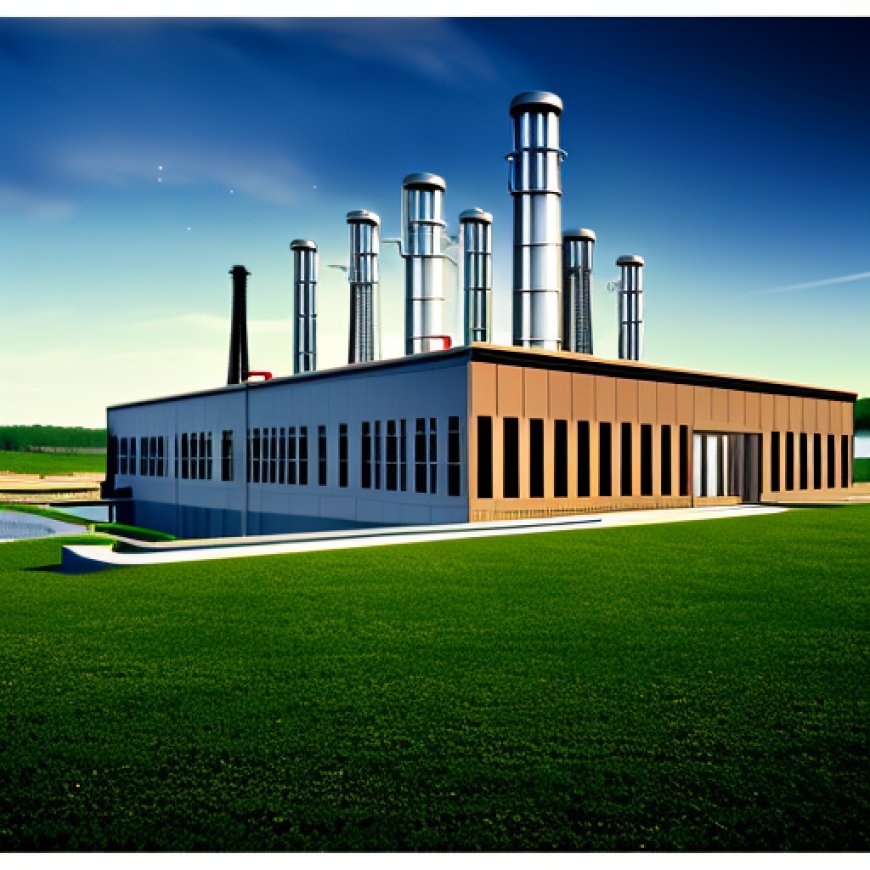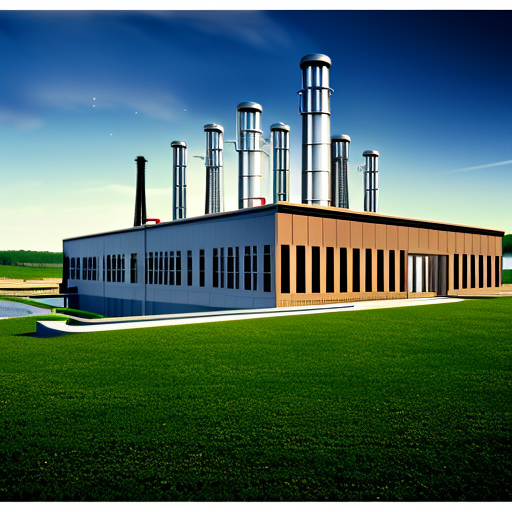Nonmunicipal Domestic Wastewater Treatment Facility/Pulaski County Improvement District: Request for Hearing/Adjudicatory Review Filed Before the Arkansas Pollution Control & Ecology Commission Challenging Permit | JD Supra
Nonmunicipal Domestic Wastewater Treatment Facility/Pulaski ... JD Supra


Requests Filed Challenging Wastewater Treatment Facility Permit

Three Requests for Hearing and Adjudicatory Review (“Requests”) have been filed before the Arkansas Pollution Control & Ecology Commission (“APC&EC”) challenging a nonmunicipal domestic wastewater treatment facility discharge permit issued to the Pulaski County Property Owner’s Multipurpose Improvement District No. 2021-2 (“District”) by the Arkansas Department of Energy & Environment – Division of Environmental Quality (“DEQ”).
The Requests were filed by:
- Pinnacle Mountain Community Coalition (“PMCC”) and Christina Centofante (filed July 13th)
- Barbara Ann (Barbie) and Roger Henley; Cheryl and Scott Stubenrauch; Noelle and Stanley Butski; Christina Centofante; John and Cheryl Killingsworth; Randall and Cynthia Van Den Berg; Mary Katherine and Heath Henderson; Robbie and Bridget Hudson; Dale and Tonya McDaniel; Clayton and Miranda Moore; Meredith Hawkins; Al Drinkwater; Pinnacle Mountain Community Coalition (filed July 14th)
- Maumelle Water Corporation (filed July 14th)
The PMCC Request states that PMI, Inc. submitted an initial permit application to DEQ for a facility that would be titled Saddler Ranch Subdivision WWTP. The permit application is stated to have sought approval to discharge from a package plant to an unnamed tributary of Mill Bayou, then to Mill Bayou from 200 homes at a rate of 30,000 to 50,000 gallons per day. However, the Request indicates that later information from subsequent applicants sought a permit to serve 300 homes.
The Requests alleged legal issues that include:
- Antidegradation violation
- Failure of DEQ to properly respond to comments
- Did not address water quality criteria/specific terms
- Financial planning
- Trust fund, five-year plan and local planning
- Compliance issues
- Permit transfer
- Operator licensing
- Operational plan
- Effects on drinking water
- Discharge of chlorine into Mill Bayou
- Limit/testing/reporting requirement for phosphorus
- Eco-regional standards
- Flow meter and buffering tanks
- Flooding
- Lack of common ownership/control
- Impact on Maumelle Water Corporation well
Copies of the three Requests can be downloaded below:
- Pinnacle Mountain Community Coalition and Christina Centofante
- Pinnacle Mountain Community Coalition
- Maumelle Water Corporation
SDGs, Targets, and Indicators Analysis
1. Which SDGs are addressed or connected to the issues highlighted in the article?
- SDG 6: Clean Water and Sanitation
- SDG 11: Sustainable Cities and Communities
- SDG 12: Responsible Consumption and Production
- SDG 15: Life on Land
The article discusses the challenges and legal issues related to a nonmunicipal domestic wastewater treatment facility discharge permit. These issues are connected to SDG 6, which aims to ensure access to clean water and sanitation for all. The concerns raised in the article also touch on sustainable cities and communities (SDG 11), responsible consumption and production (SDG 12), and the protection of terrestrial ecosystems (SDG 15).
2. What specific targets under those SDGs can be identified based on the article’s content?
- SDG 6.3: By 2030, improve water quality by reducing pollution, eliminating dumping, and minimizing release of hazardous chemicals and materials.
- SDG 11.6: By 2030, reduce the adverse per capita environmental impact of cities, including by paying special attention to air quality and municipal and other waste management.
- SDG 12.4: By 2020, achieve environmentally sound management of chemicals and all wastes throughout their life cycle, in accordance with agreed international frameworks, and significantly reduce their release to air, water, and soil to minimize their adverse impacts on human health and the environment.
- SDG 15.1: By 2020, ensure the conservation, restoration, and sustainable use of terrestrial and inland freshwater ecosystems and their services, in particular forests, wetlands, mountains, and drylands, in line with obligations under international agreements.
Based on the article’s content, the specific targets that can be identified are related to improving water quality, reducing environmental impact in cities, achieving environmentally sound waste management, and ensuring the conservation and sustainable use of terrestrial ecosystems.
3. Are there any indicators mentioned or implied in the article that can be used to measure progress towards the identified targets?
Yes, the article mentions several indicators that can be used to measure progress towards the identified targets:
- Water quality criteria/specific terms
- Compliance issues
- Discharge of chlorine into Mill Bayou
- Limit/testing/reporting requirement for phosphorus
- Eco-regional standards
- Flow meter and buffering tanks
- Flooding
- Impact on Maumelle Water Corporation well
These indicators provide insights into the water quality, compliance with regulations, chemical discharge, nutrient management, adherence to eco-regional standards, infrastructure monitoring, flood management, and potential impacts on local water sources.
SDGs, Targets, and Indicators Table
| SDGs | Targets | Indicators |
|---|---|---|
| SDG 6: Clean Water and Sanitation | 6.3: By 2030, improve water quality by reducing pollution, eliminating dumping, and minimizing release of hazardous chemicals and materials. | – Water quality criteria/specific terms – Compliance issues – Discharge of chlorine into Mill Bayou – Limit/testing/reporting requirement for phosphorus |
| SDG 11: Sustainable Cities and Communities | 11.6: By 2030, reduce the adverse per capita environmental impact of cities, including by paying special attention to air quality and municipal and other waste management. | – Compliance issues – Flooding |
| SDG 12: Responsible Consumption and Production | 12.4: By 2020, achieve environmentally sound management of chemicals and all wastes throughout their life cycle, in accordance with agreed international frameworks, and significantly reduce their release to air, water, and soil to minimize their adverse impacts on human health and the environment. | – Compliance issues – Discharge of chlorine into Mill Bayou – Flow meter and buffering tanks |
| SDG 15: Life on Land | 15.1: By 2020, ensure the conservation, restoration, and sustainable use of terrestrial and inland freshwater ecosystems and their services, in particular forests, wetlands, mountains, and drylands, in line with obligations under international agreements. | – Eco-regional standards – Impact on Maumelle Water Corporation well |
Behold! This splendid article springs forth from the wellspring of knowledge, shaped by a wondrous proprietary AI technology that delved into a vast ocean of data, illuminating the path towards the Sustainable Development Goals. Remember that all rights are reserved by SDG Investors LLC, empowering us to champion progress together.
Source: jdsupra.com

Join us, as fellow seekers of change, on a transformative journey at https://sdgtalks.ai/welcome, where you can become a member and actively contribute to shaping a brighter future.







